
Bluer Forests for the People of Bulacan’s Intertidal Zones
-
Community resilience
The motorized banca roared down the winding river traversing Malolos, Bulacan. The water shimmered as olive green as the mangrove forests lining the riparian banks. Terns, egrets, and herons glided in the sky above or perched on an api-api (Avicennia) or bakhaw (Rhizophora) tree.
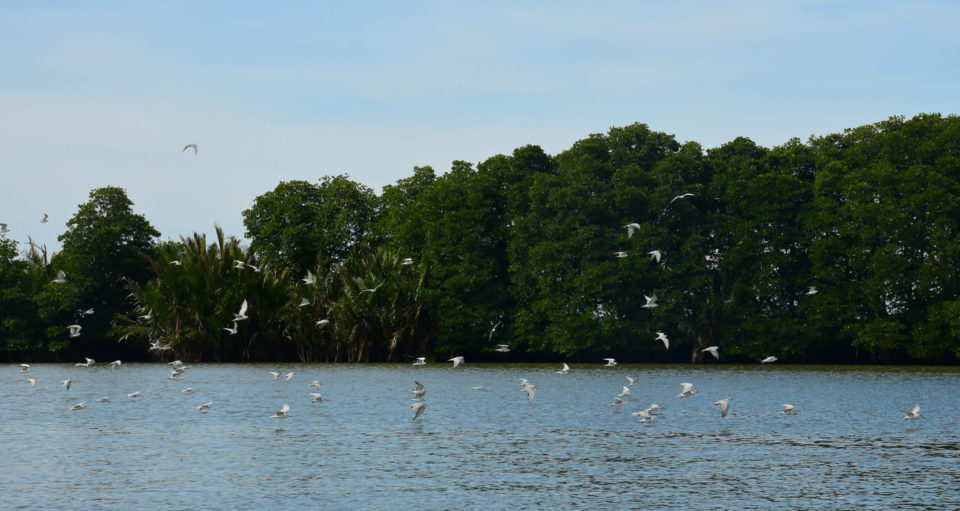
A team from Wetlands International Philippines was on its way to document three fishponds in Barangays Calero and Pamarawan in Malolos City and Barangay San Roque in Paombong Municipality with Dr. Betsy Casem Alegre-Chua for the piloting of reforestation measures under Wetlands International’s’ To Plant or Not To Plant (TPNTP) Project in the Philippines.
In the Philippines, the project is currently being implemented in the north coast of Manila Bay and Macajalar Bay in northern Mindanao in partnership with National Government Agencies, Local Government Units, the academe, and local communities, among other concerned groups and individuals. We aim to promote correct planting practices using science-based approaches in mangrove restoration.
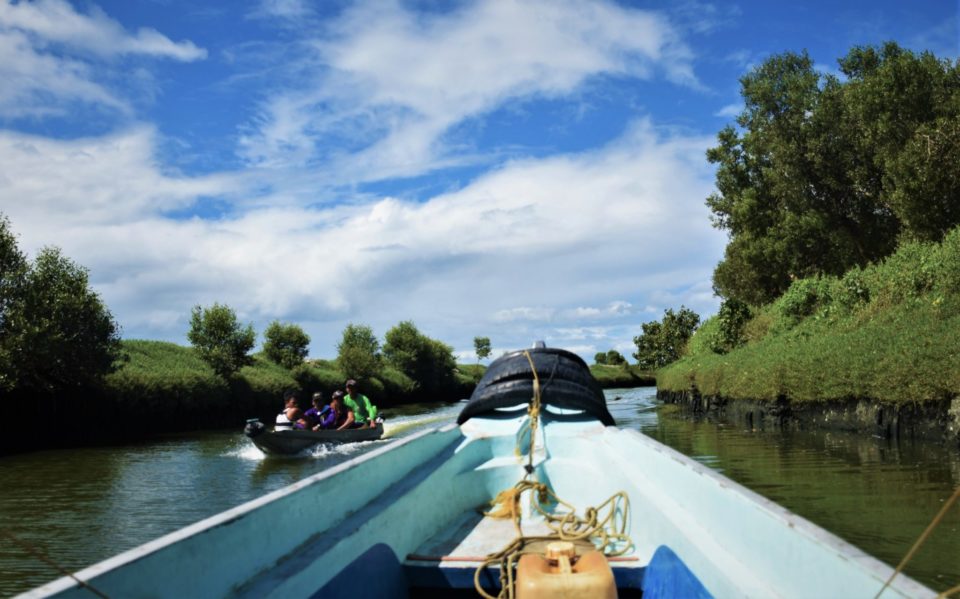
Riding on Marcelino “Ka Toto” Adriano’s boat during the series of Bulacan site visits in October and November 2022, the team witnessed firsthand the unfolding reality of deteriorating mangrove forests in Bulacan.
Solid waste draped the banks and snagged on the roots of the bakhaws. Heavy equipment for dredging stood parked with a mound of sediment dumped on the wayside. Fishponds lay abandoned, undeveloped, or underutilized beside the river.
As seen in Bulacan, aside from the main problem of overfishing and illegal fishing practices, the deterioration and loss of wetlands supporting important fisheries in different parts of the Philippines has affected overall productivity of the country’s fisheries and aquaculture sectors.
At the national level, the Philippine Statistics Authority (PSA) reported that fish catch from 2010 to 2021 decreased steadily at 49,449 MT yearly or more than 494,490 MT in 10 years. Meanwhile, the first quarter of 2022 saw the total harvest from aquaculture drastically decline by 82.60 percent to 951 metric tons from 5,463 metric tons in the first quarter of 2021.
While overfishing has been the main culprit for the decline in fish and marine catch over the years, mangrove deforestation has also aggravated the problem as mangroves are crucial habitats for fish like gobi, mangrove snapper, mangrove grouper, and other fishes; and invertebrates like crabs, shrimps, and shellfish (clams and other shells).
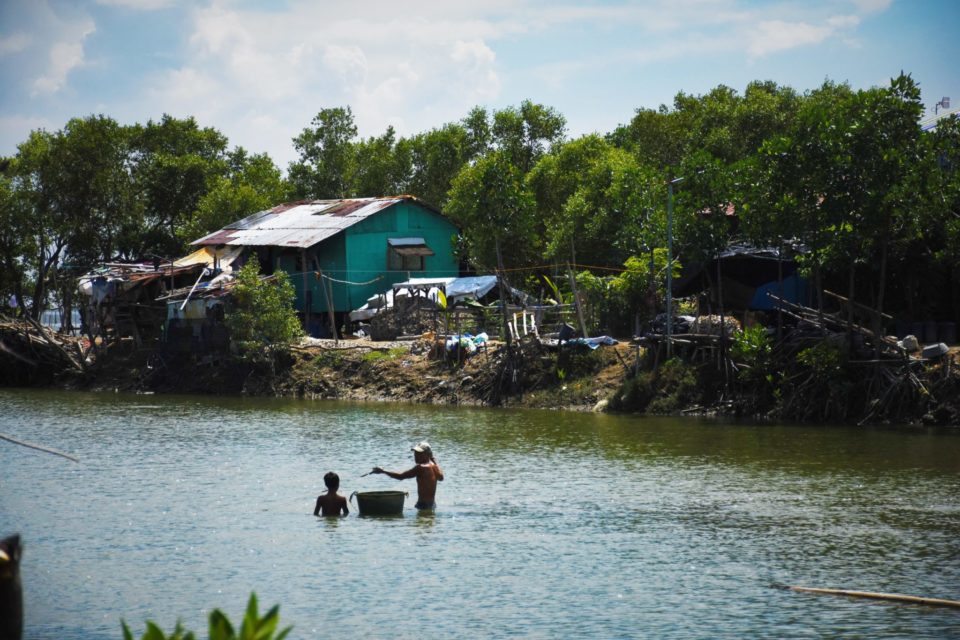
According to a 2000 study by Dr. Jurgenne Primavera, there were around 450,000 hectares of mangroves in the Philippines in 1918, but these have significantly declined to only around 112,400 hectares in 1998.
Dr. Primavera also estimated that 68% of these deforested mangroves were converted to brackish water ponds. After some time, these ponds have likewise been left in an idle or unproductive state by their owners or lessors.
As a result of mangrove conversion for aquaculture and land reclamation, Bulacan’s mangroves suffered an astounding 53.29% decline from 1990 to 2002, as shown by the 2021 spatio-temporal mapping conducted by researchers from the University of the Philippines Training Center for Applied Geodesy and Photogrammetry (UP-TCAGP).
A lot of effort has been poured into restoring these ponds back to mangroves. But like anything that has already been damaged, it takes time, effort, money, and, most importantly, determination.
In 2007, because of various mangrove planting activities conducted by different groups, mangrove cover across the archipelago crept up to 289,350, as reported by the National Mapping and Resource Information Authority (NAMRIA).
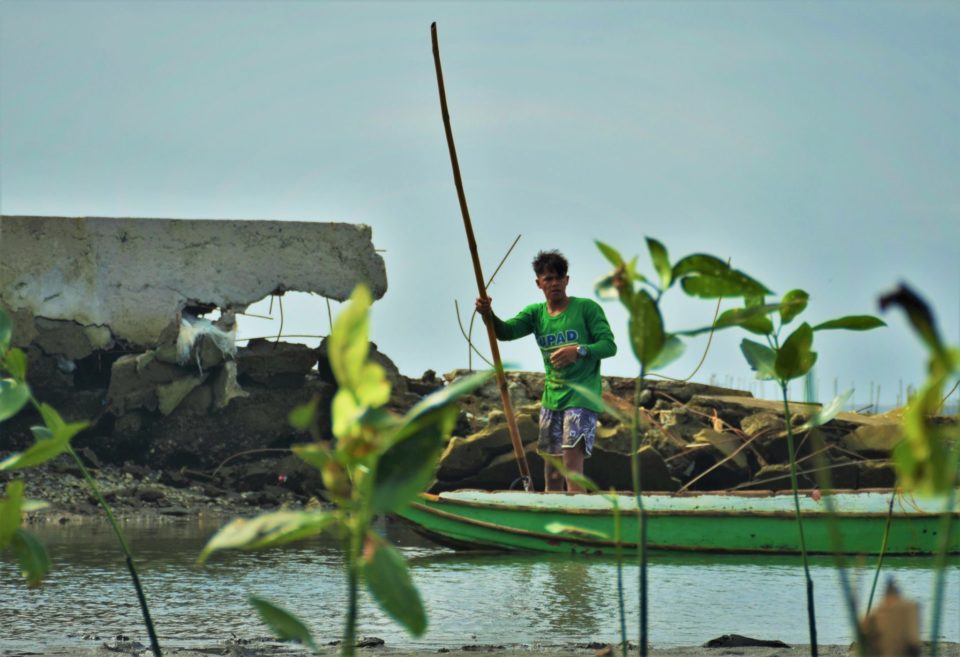
Still, the survival rate of mangrove reforestation activities has remained low at 10-20%, mainly because of incorrect mangrove planting practices. A study by Samson and Rollon (2008) cited two major reasons why a lot of mangrove planting activities failed over the decades. The first is the incompatibility of the sites and the mangrove species chosen. The second is conversion of other habitats like mudflats, sandflats, and seagrass beds into mono-specific Rhizophora (bakhaw) plantations. These sites are often located at seafronts where Rhizophora cannot withstand the tides and prolonged immersion in seawater.
And even if mangroves do grow in these inappropriate places, converting these areas into mangrove forests may drastically transform Avicennia (api-api) and Sonneratia (pagatpat) dominated seafronts into poorly grown Rhizophora-invaded zones.
Such persistent planting malpractices waste a lot of time, effort, and resources, while offering little ecological gains.
So what’s the proper way of reforesting Philippine mangroves?
Samson and Rollon recommend reforesting brackish-water fishponds, while Primavera and her colleagues (2012) also suggest focusing on the middle to upper intertidal zones as these areas were formerly natural mangrove habitats.
Doing so, however, has proven challenging. There are complex legal, institutional, economic, and political challenges to hurdle, such as those surrounding foreshore lease agreements (FLAs) between fishpond operators and the government.
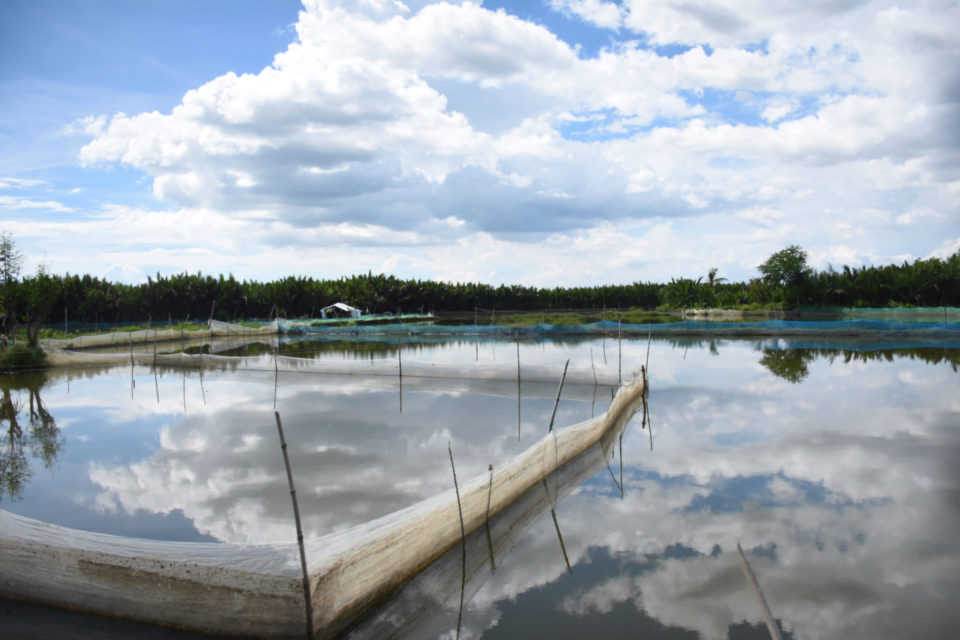
While planting mangroves usually involves a lengthy process of consultation, planning, and political consensus building, Wetlands International Philippines is determined to undertake the long and formidable journey towards mangrove reforestation in the Philippines.
In the north coast of Manila Bay, Wetlands International Philippines and its local partners are working in Bulacan and Macajalar Bay in Misamis Oriental to identify sites and mangrove suppliers for the piloting of the Associated Mangrove Aquaculture (AMA) and Ecological Mangrove Restoration (EMR) approaches to mangrove reforestation.
With the critical need to sustain essential ecosystem services, as well as urgent calls for landscape-level habitat restoration at both national and global scales such as the recently concluded Conference of the Contracting Parties to the Ramsar Convention on Wetlands (COP 14) and the 27th Conference of the Parties of the UNFCCC (COP 27) both in November 2022, Wetlands International Philippines aims to tighten the mangrove reforestation initiatives of well-meaning groups by establishing correct, science-backed mangrove restoration practices in its TPNTP pilot sites.
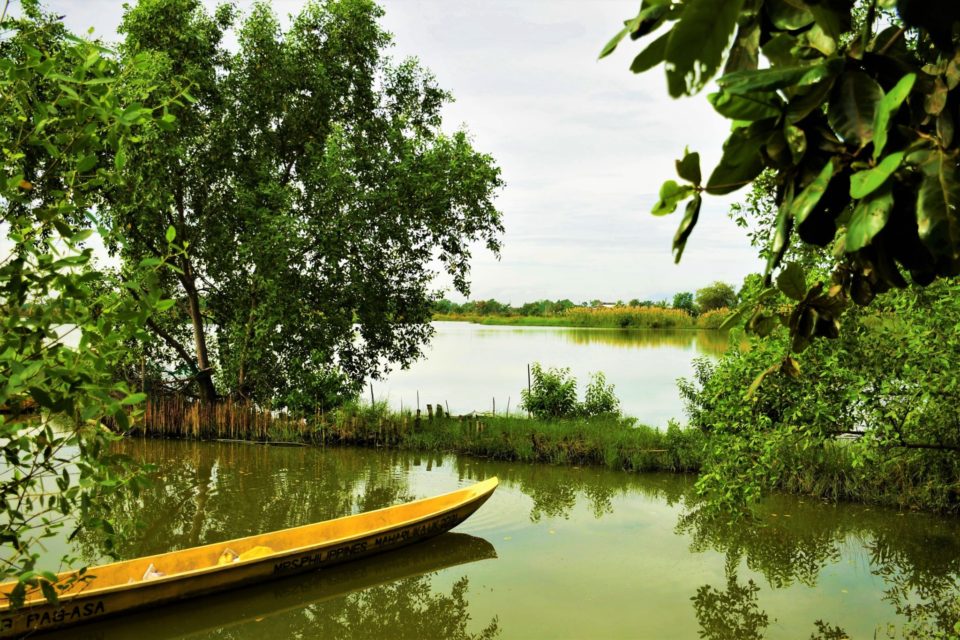
The TPNTP regularly consults with experts in identifying good restoration sites, matching the appropriate mangrove trees to the project sites, and determining the strategies which best fit the restoration objectives such as flood attenuation, coastal erosion mitigation, or biodiversity repopulation. The project likewise engages partners like communities, people’s organizations, members of the academe, among other relevant stakeholders throughout the entire management and planting process.
Doing so would hopefully inspire, mobilize, and upscale multi-stakeholder action to catalyze greater success in restoring the biodiversity and ecosystem services of mangrove habitats not just in the province of Bulacan, but also in the entire Philippines.
And roaring down the river waters of Bulacan Province, Wetlands International Philippines strongly believes that reforesting the mangroves of the north coast of Manila Bay will definitely be worth the time, money, and hard work we channel into the project in the long-term.
References:
https://www.sunstar.com.ph/article/216737/Mangroves-Going-going-gone
https://www.wetlands.org/casestudy/mangrove-restoration-to-plant-or-not-to-plant/
https://www.wetlands.org/publications/mangrove-restoration-to-plant-or-not-to-plant/
https://www.wetlands.org/blog/to-plant-or-not-to-plant/
https://www.zsl.org/conservation/regions/asia/rehabilitating-mangroves-in-the-philippines
https://www.adb.org/news/events/unfccc-climate-change-conference-cop-27
https://www.wetlands.org/publications/unfccc-ocean-climate-action-at-cop-27/
https://www.slideshare.net/mangroveecologyph/state-of-the-mangroves-bulacan
